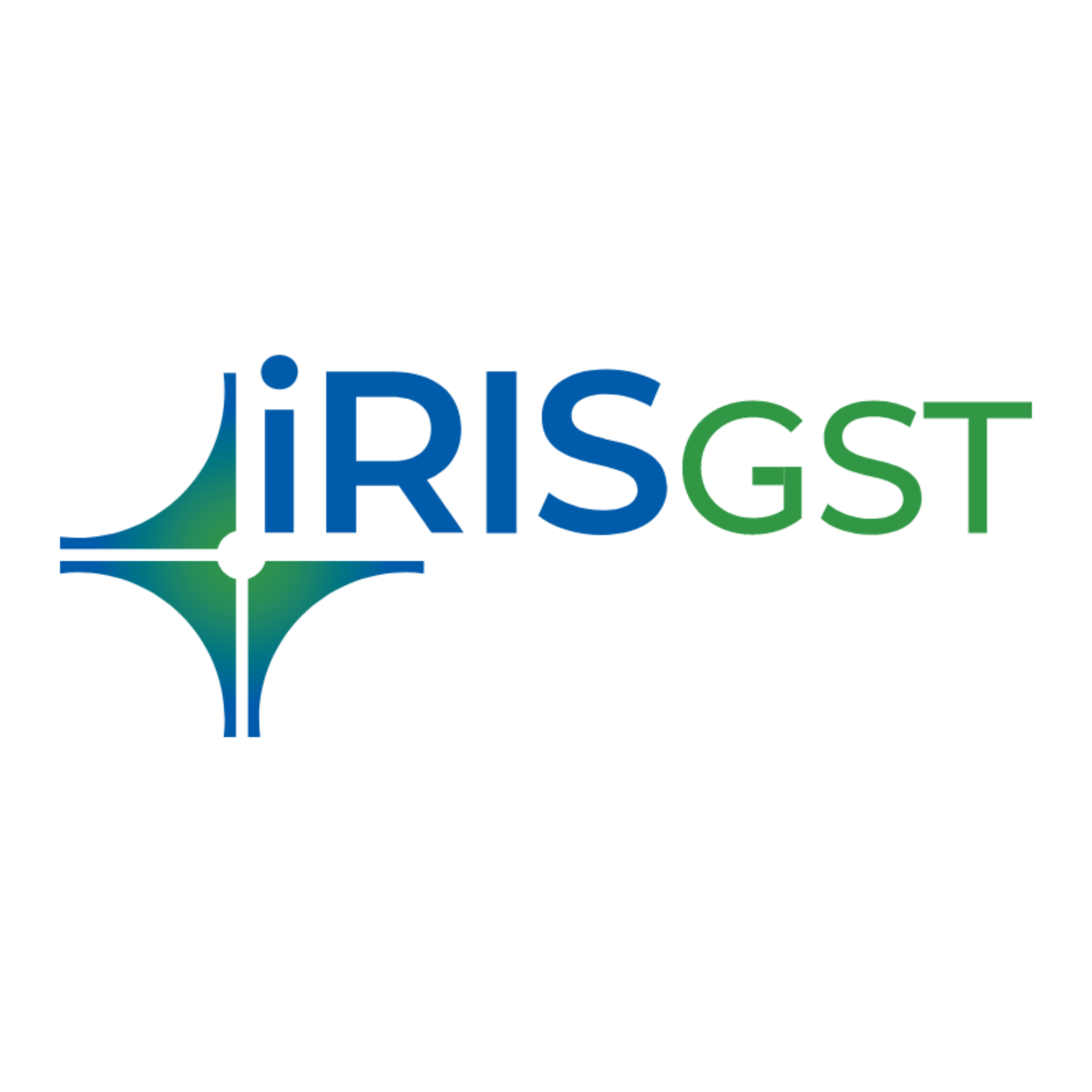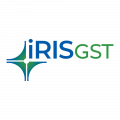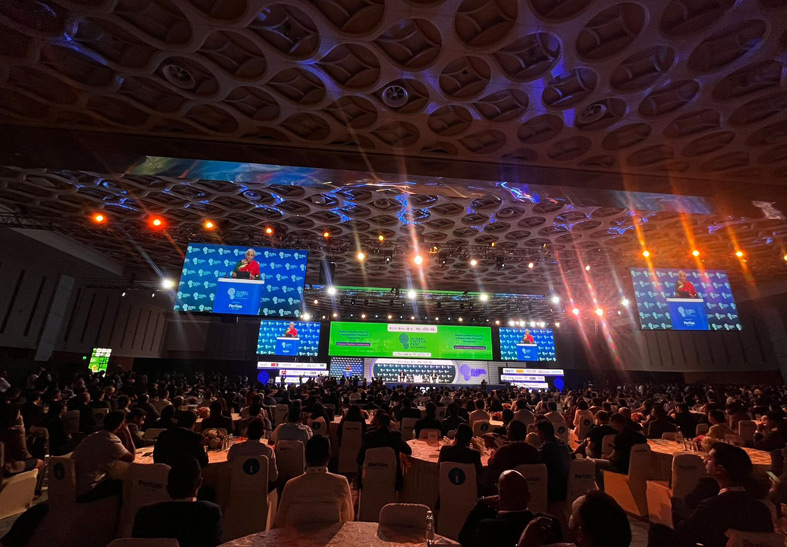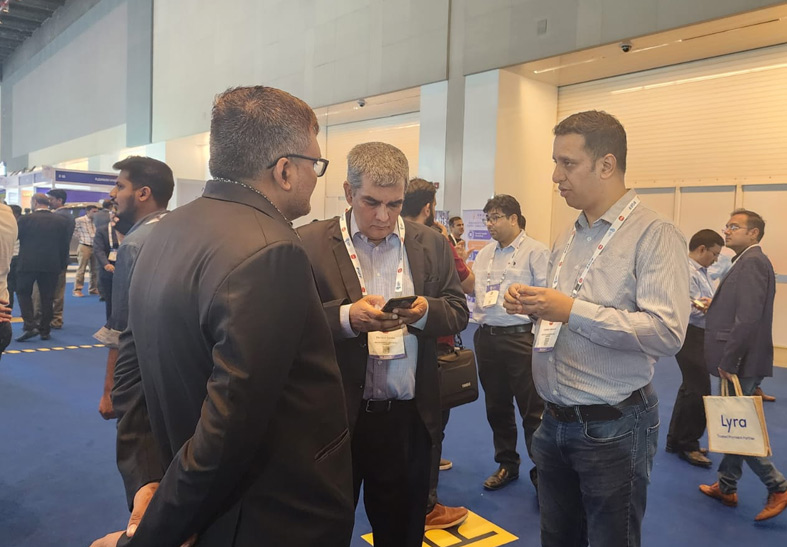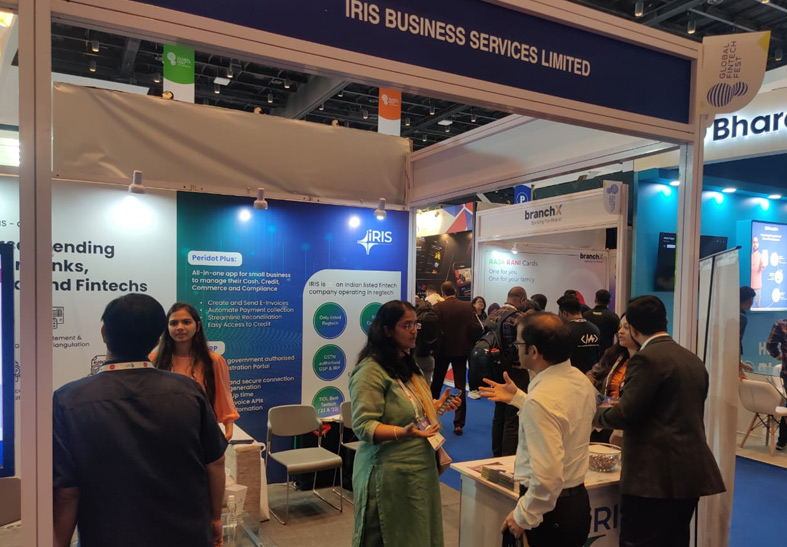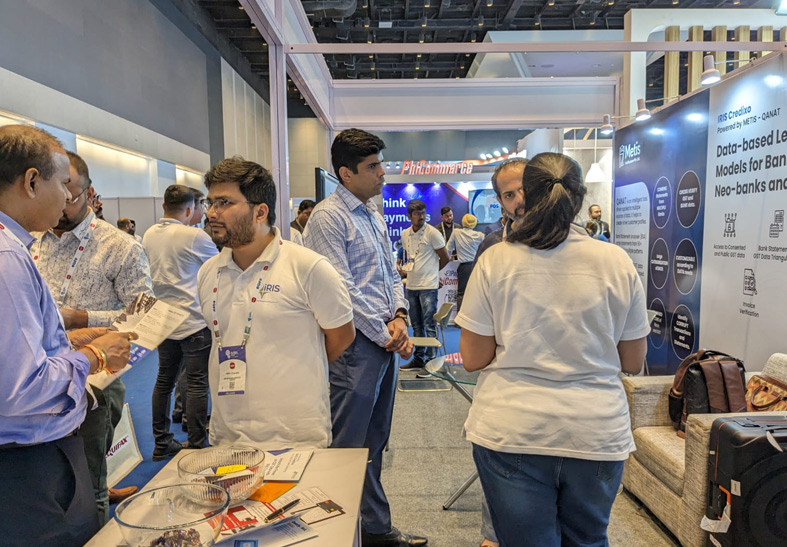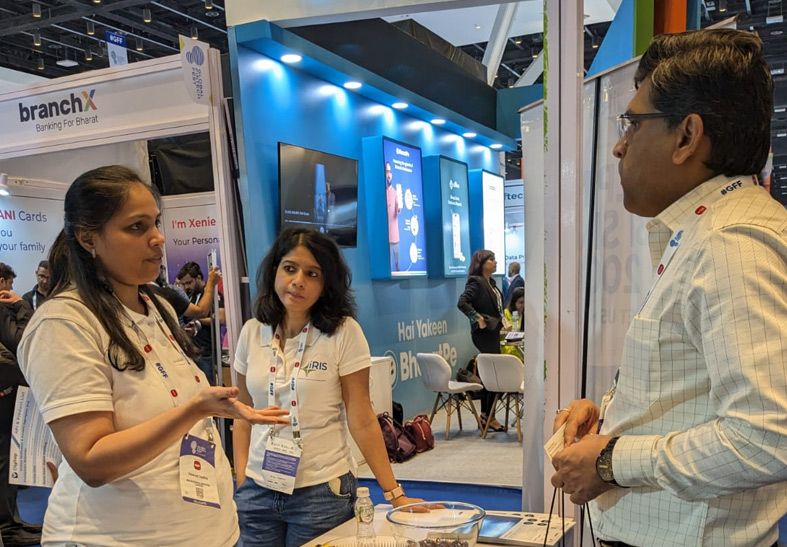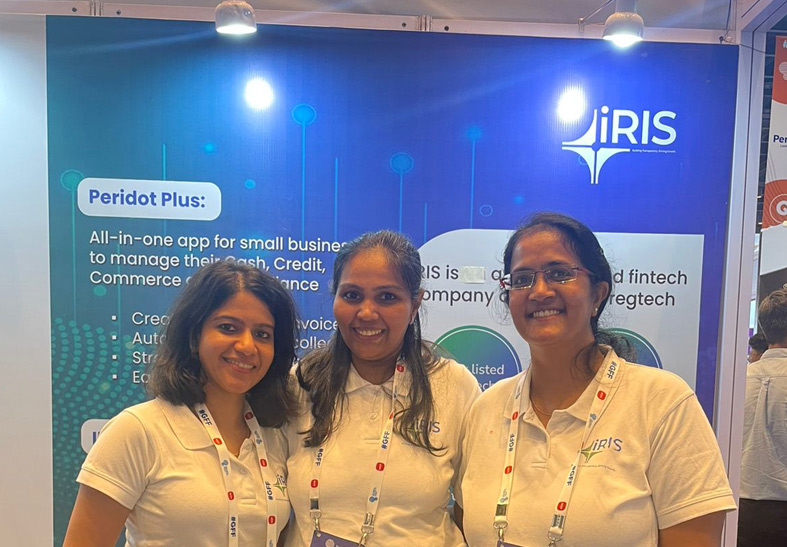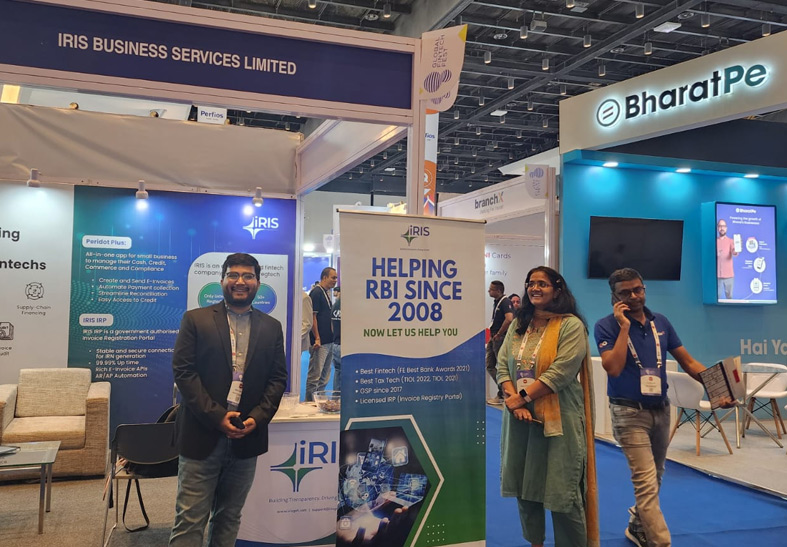In December 2022, GSTN issued an notification (Notification No. 26/2022 – Central Tax dated 26th December 2022) about changes in E-Commerce transactions. As per this notification, two new tables are added in GSTR1, Table 14 and Table 15.
Table 14 is for Suppliers who sell through E-commerce operators. They need to show their transactions in this table.
Table 15 is for E-commerce operators; they need to show their sales in this table.
Below are more details about this notification and its impact in GSTR1 reporting:
| Scenario/Table | Description | Meaning of change | Change in GSTR1 reporting |
| Supplier is not selling through E-commerce operator | No change | ||
| Table 14 (a): Supplier is selling through E-commerce operator and Supplier is liable to pay tax as per Section 52 | Sec 52 e-commerce transactions are currently getting reported in tables 4 to 10 and they will remain as is. But now along with this, suppliers also need to provide aggregate values in Table 14 (a) | In case the sale through E-commerce operator is as per Section 52, Supplier is liable to pay tax in GSTR3B. E-commerce operator will only deduct TCS. In this case supplier need to show the details in Table 4 to 10 and in Table 14 (a). | Invoice level format: |
| Along with E-commerce GSTIN the section is to be mentioned in the new column. If nothing is mentioned in this column then default value Sec52 will be considered. | |||
| IRIS will populate values in GSTR1 as required by GSTN. | |||
| Aggregate format: | |||
| i) For Table 4 to 10, details to be provided in invoice level format of regular transactions | |||
| ii) For Table 14 (a), details to be provided in the new format (GSTR 1 5) | |||
| Note: Any amendments in Table 14 to shown in aggregate format. | |||
| Table 14 (b): Supplier is selling through E-commerce operator and E-commerce operator is liable to pay tax as per Section 9(5) | Sec 9(5) e-commerce transactions suppliers need to report directly in Table 14 (b). | In case the sale through E-commerce operator is as per Section 9(5), E-commerce operator is liable to pay tax in GSTR3B. E-commerce operator will not deduct TCS. In this case supplier need not show the details in Table 4 to 10. He only needs to show details in Table 14 (b). | Invoice level format: |
| Along with E-commerce GSTIN the section is to be mentioned in the new column. If nothing is mentioned in this column then default value Sec52 will be considered. | |||
| IRIS will populate values in GSTR1 as required by GSTN. | |||
| Aggregate format: | |||
| i) For Table 14 (b), details to be provided in the new format (GSTR 1 5) | |||
| Note: Any amendments in Table 14 to shown in aggregate format. | |||
| Table 15: For E-commerce operator if sale is as per Section 9 (5) | E-commerce operators need to report sec 9(5) e-commerce transactions in Table 15. | If the sale through E-commerce operator is as per Section 9 (5), then the details of registered and unregistered sales both need to be shown in GSTR1 by E-commerce operator. Also, E-commerce operator is liable to pay tax in GSTR3B. | IRIS has introduced two new formats (GSTR1 6 and GSTR1 6a) for providing details at the invoice level and another is for providing details at an aggregate level. |
| Here recipient is registered then details need to be provided at invoice level and if the recipient is unregistered then values need to be provided at an aggregate level | Kindly note that Amendment values for Table 15 where the recipient is unregistered need to be provided in aggregate format only. The system will not calculate aggregated amended values. |
Other Impacts of these changes are as follows:
- Auto computes Table 3.1.1. of GSTR 3B is now possible
- In GSTR 2B, new Ecom sections are introduced.
Attached here with a GSTN advisory note for the changes and updated input formats of IRIS. Below is the link for a blog published by IRIS with regards to this topic:
Table 14 & 15 in GSTR 1 Added |New Changes in GSTR 1| E-commerce Operators
